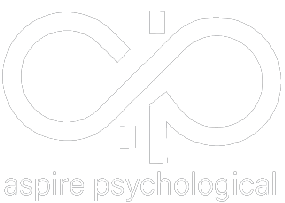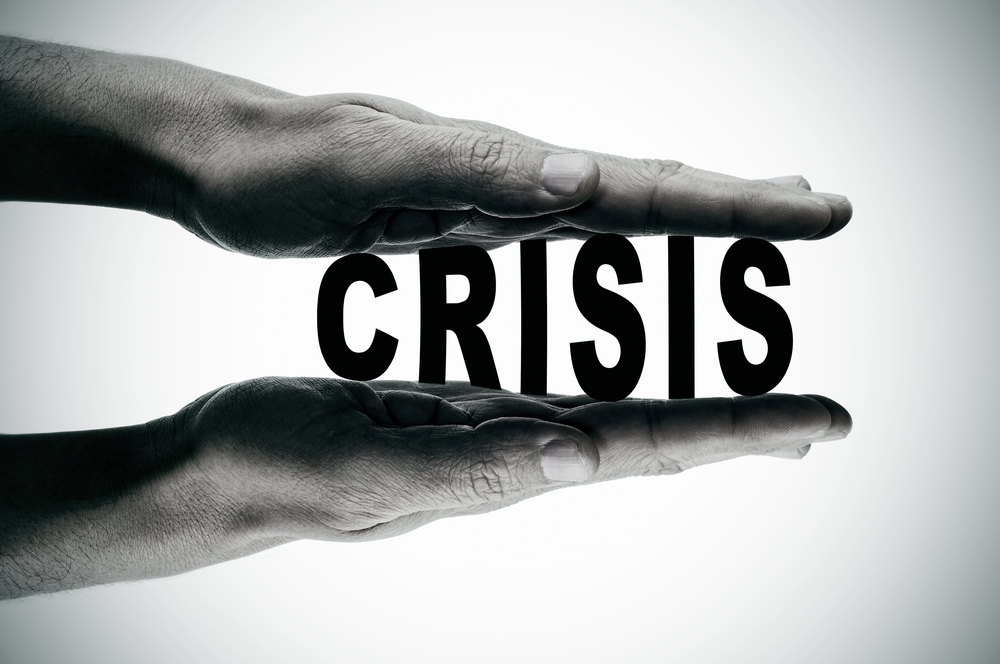Anxiety is a condition that is seemingly affecting more people these days. Fortunately, there are tools for treating it. One of the approaches we prefer is the use of cognitive-behavioral therapy (CBT). As a tool for treating a number of different mental health disorders, CBT has been around for decades.
CBT is a widely recognized and effective approach to addressing anxiety. Its primary focus is helping patients understand the connection between thoughts, feelings, and behaviors. CBT seeks to understand and redefine those connections with the goal of stopping the negative cycles that contribute to anxiety disorders.
A New Way of Looking At Depression
CBT was developed in the 1960 by a psychopathology researcher by the name of Dr. Aaron Beck. Dr. Beck would go on to become a well-respected mental health professional and emeritus professor of psychiatry at the University of Pennsylvania. Interestingly, Dr. Beck seemingly stumbled onto the idea of CBT while researching depression.
Beck believed that his research would validate the psychoanalytical model of treating depression. He discovered otherwise. As he began to work with patients to understand why they felt and thought as they did, he started making connections between their thoughts, emotions, and behaviors. He discovered that people suffering from depression behaved in ways that were heavily influenced by their thoughts and emotions.
To make a long story short, Dr. Beck developed the CBT approach for treating depression. CBT was later expanded to become a treatment for a variety of mental health disorders, including anxiety. It continues to be one of the most respected approaches to anxiety disorders.
Three Basic Principles of CBT
CBT rests on three basic principles, the first being the practice of identifying and challenging negative thought patterns. Practitioners understand that negative thoughts fuel anxiety. By identifying such thoughts, patients can understand why they feel the way they do. But that’s not all. Identifying negative thought patterns allows us to challenge them.
Challenging thought patterns offers the opportunity to actually change them. And if a patient can change their thought patterns, they can contribute to relieving the anxiety itself.
The second and third principles are as follows:
- Coping Skills – Although identifying and challenging thought patterns is extremely helpful, it is sometimes not enough. Therefore, CBT also involves teaching patients coping skills that will help them manage whatever level of anxiety they continue to experience. Coping skills include things such as relaxation techniques and exposure therapy.
- Changing Behaviors – While thought patterns heavily influenced behavior, the opposite is also true. So CBT is also geared toward helping patients break the cycle by changing behaviors that are unhelpful. Changing behaviors can change thought patterns and thereby reduce anxiety.
CBT is considered an effective approach to anxiety because it provides patients with both self-awareness and the skills that they need to manage how they feel. We have seen remarkable success utilizing CBT with both adults and children suffering from anxiety disorders.
An Approach for Multiple Disorders
Mental health professionals continue to turn to CBT as a treatment for generalized anxiety disorder. It is also used successfully to treat things like social anxiety disorder, panic disorders, and even obsessive-compulsive behavior. Very few mental health therapies have such widespread applications.
If you or a child experiences regular anxiety, CBT is an option to consider. It has been utilized successfully for decades as an anxiety disorder treatment. If you would like to know more, do not hesitate to contact us and set up an appointment at one of our clinics. We would be honored to help you or your child overcome anxiety.





